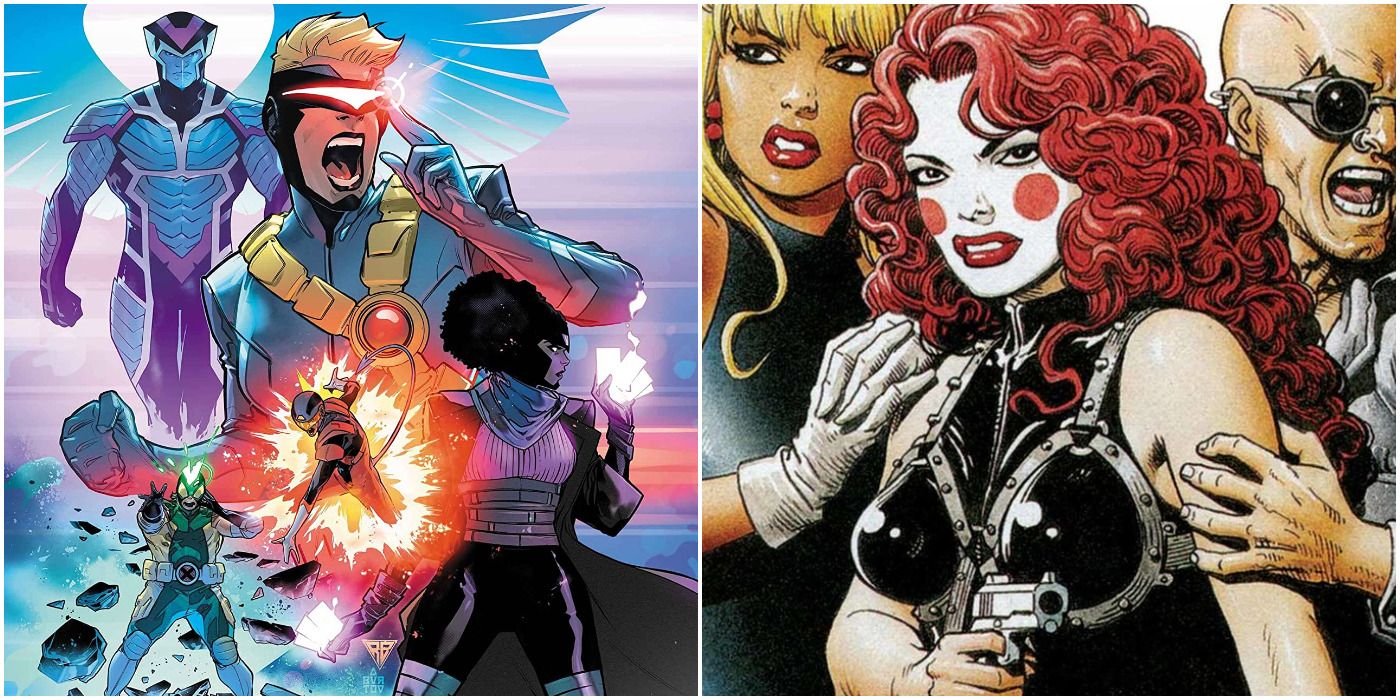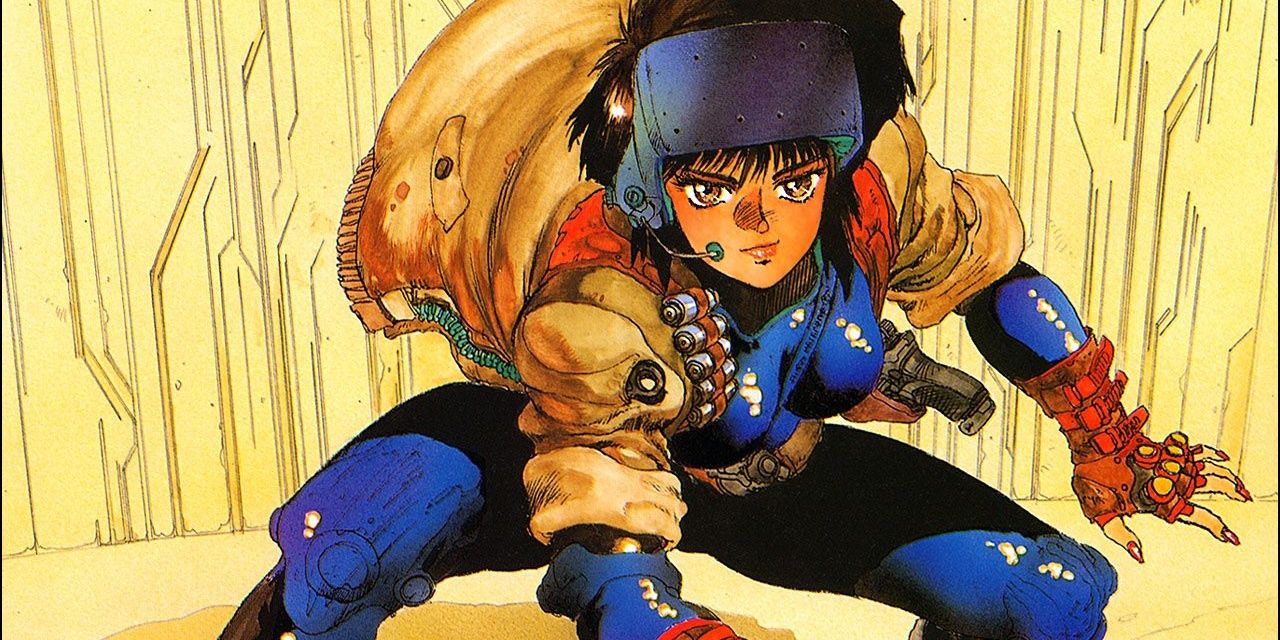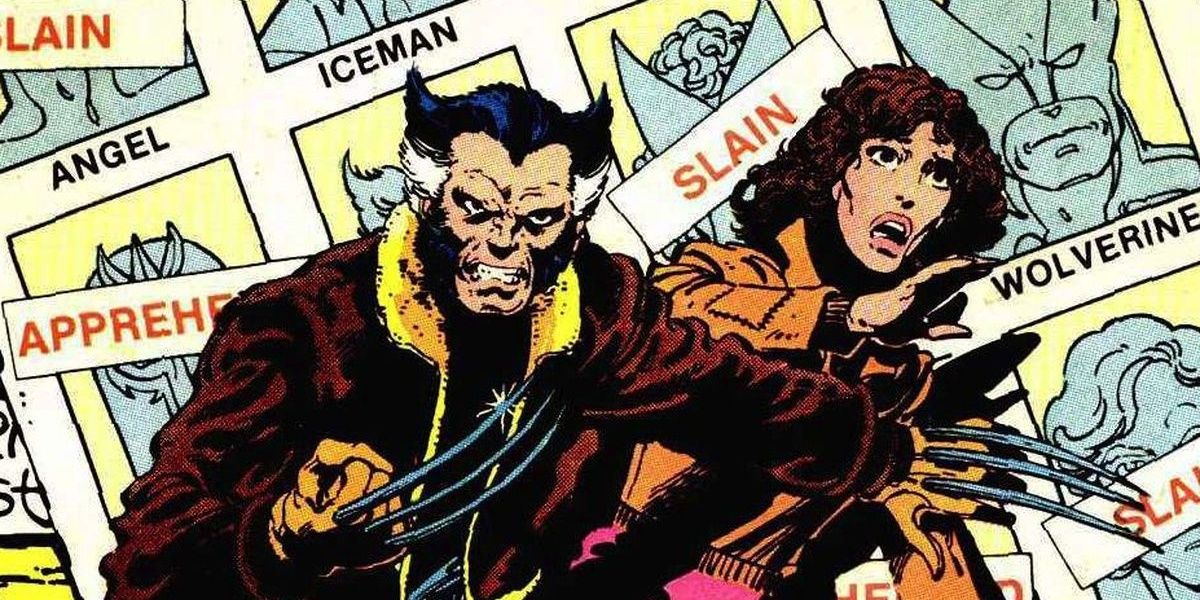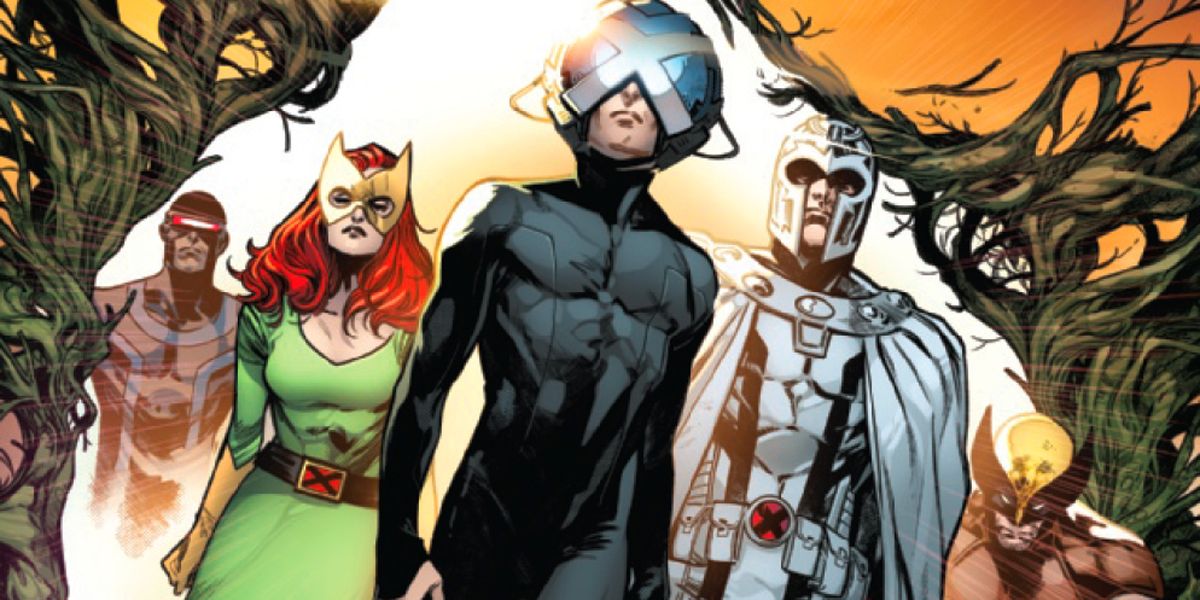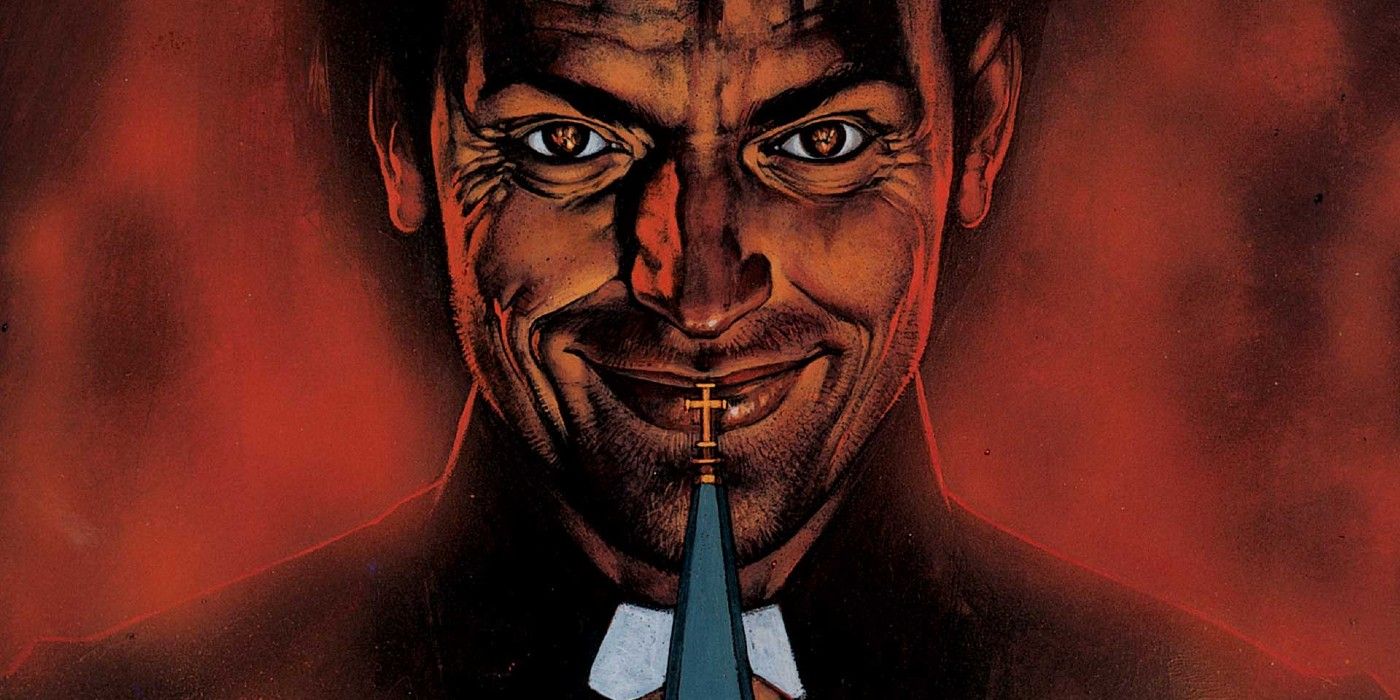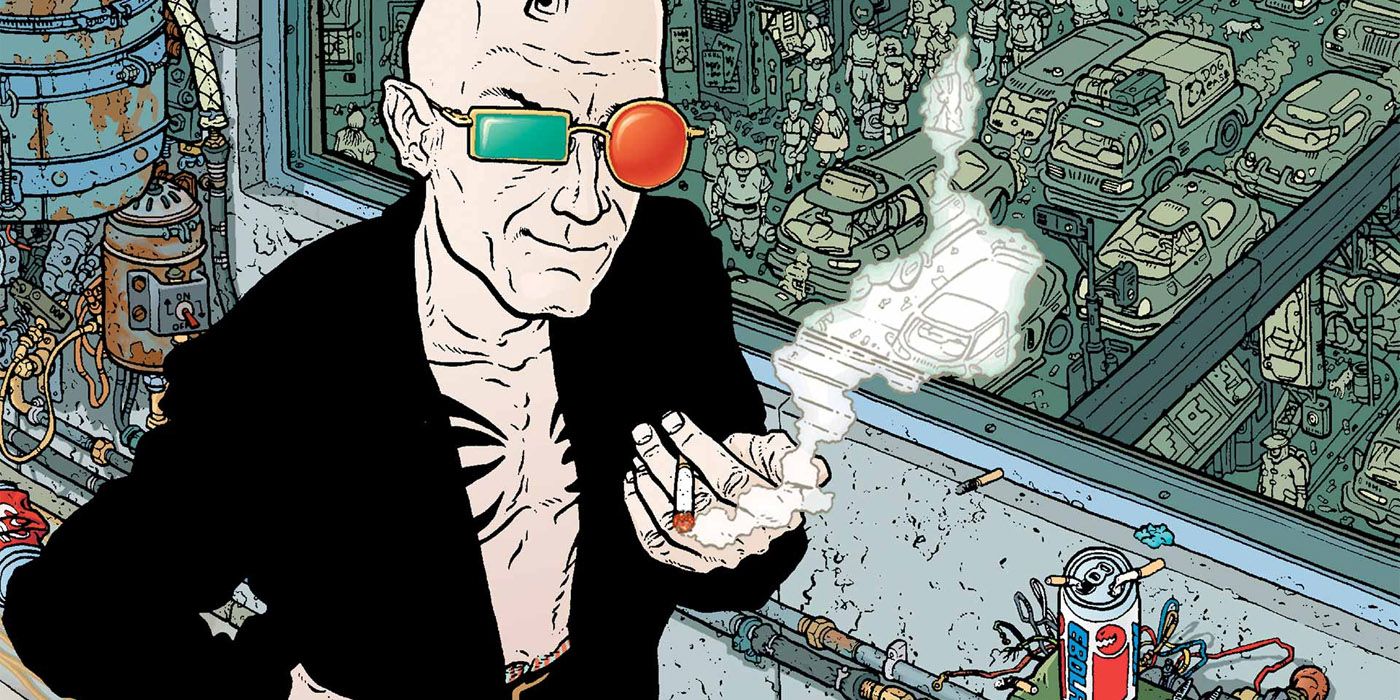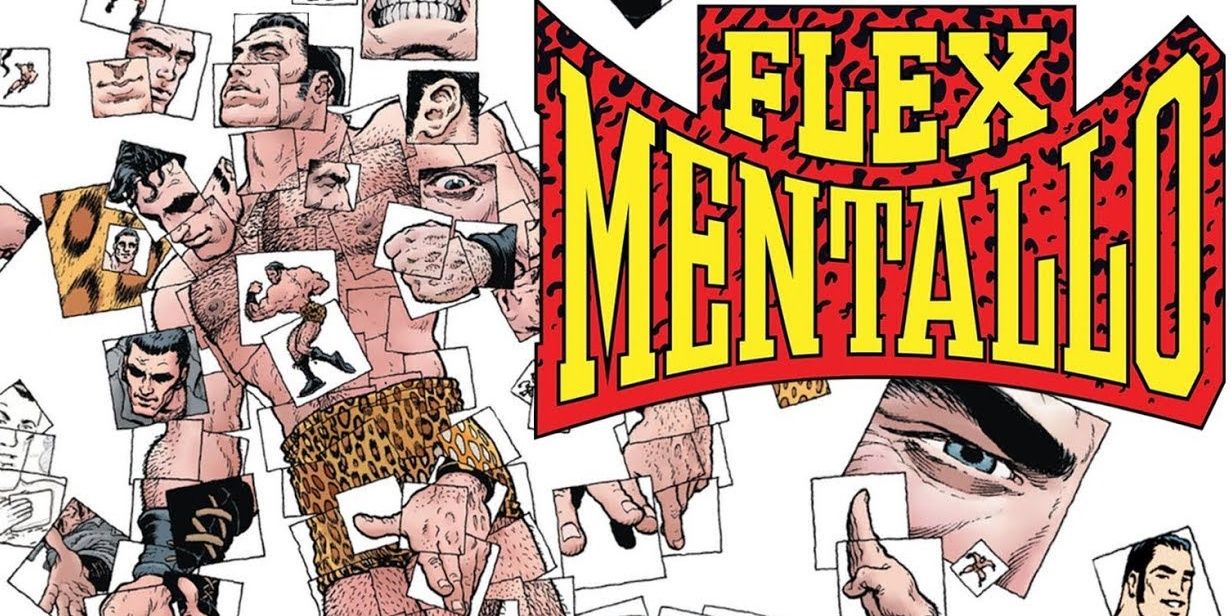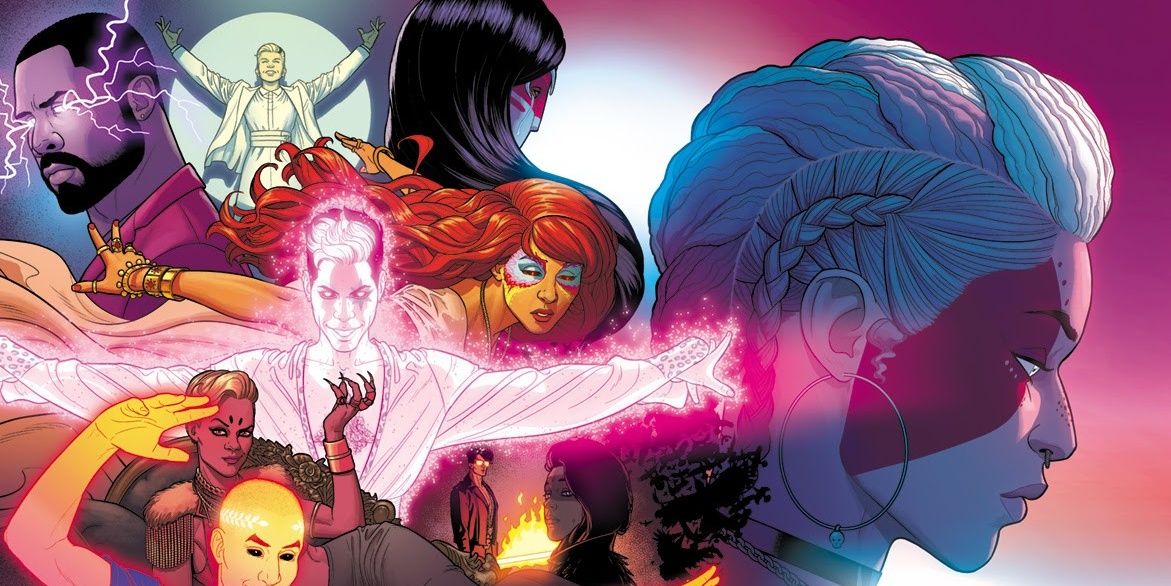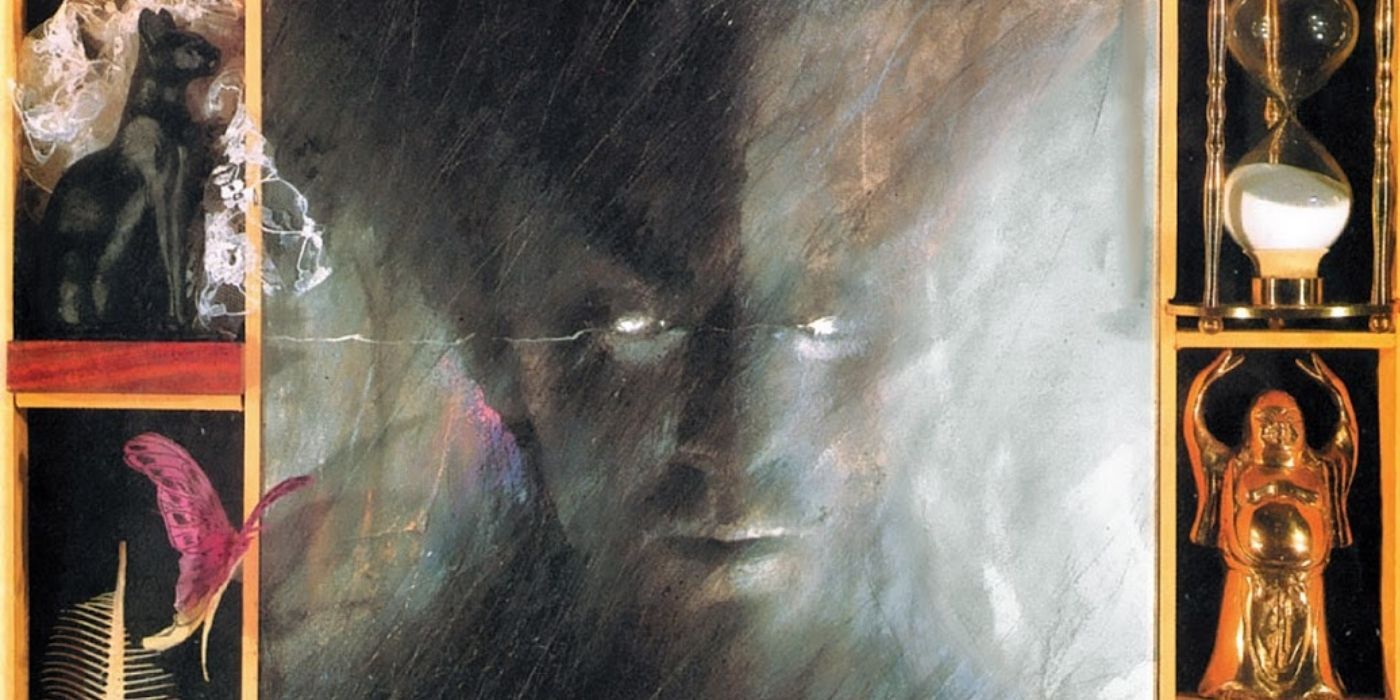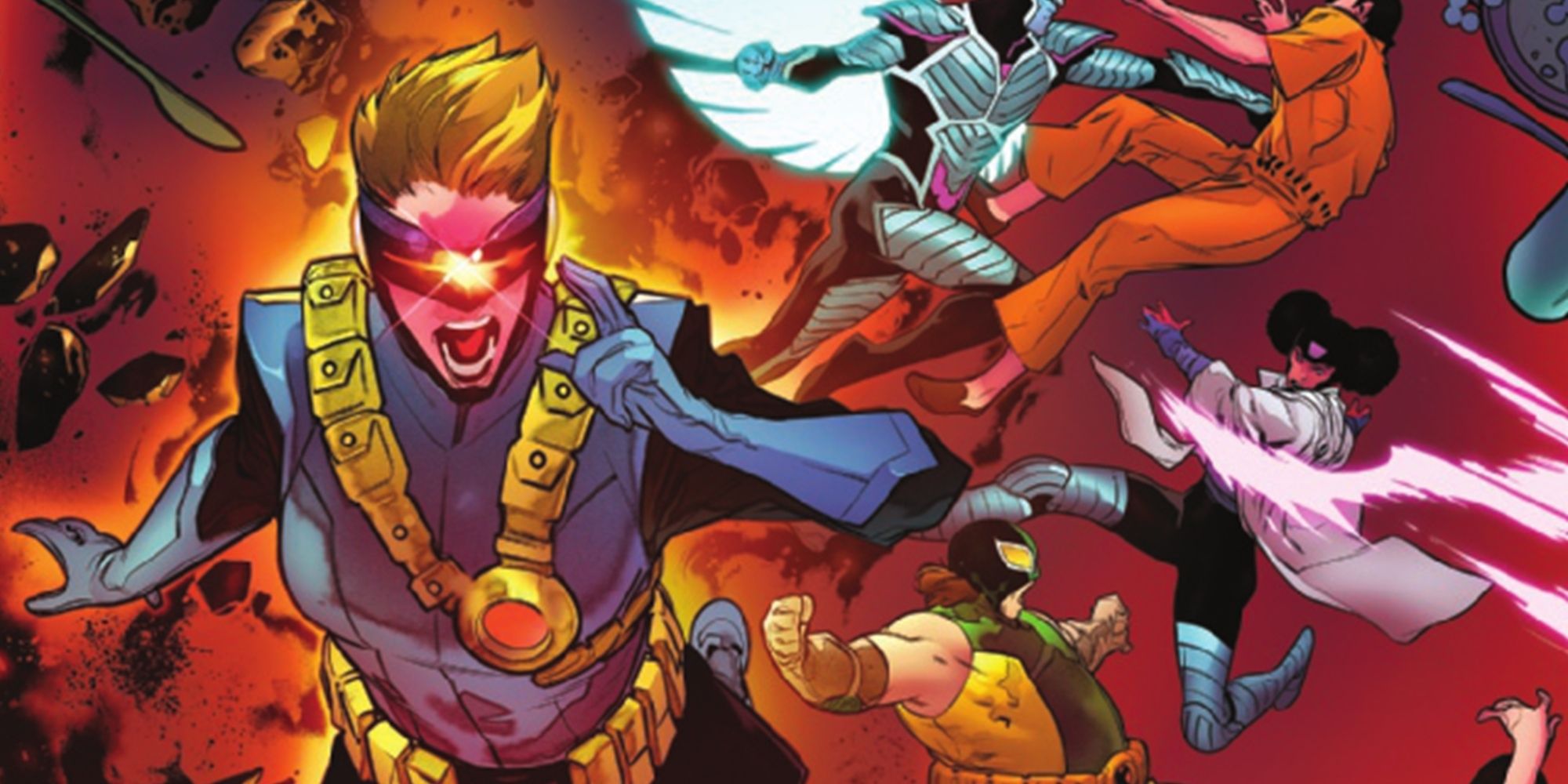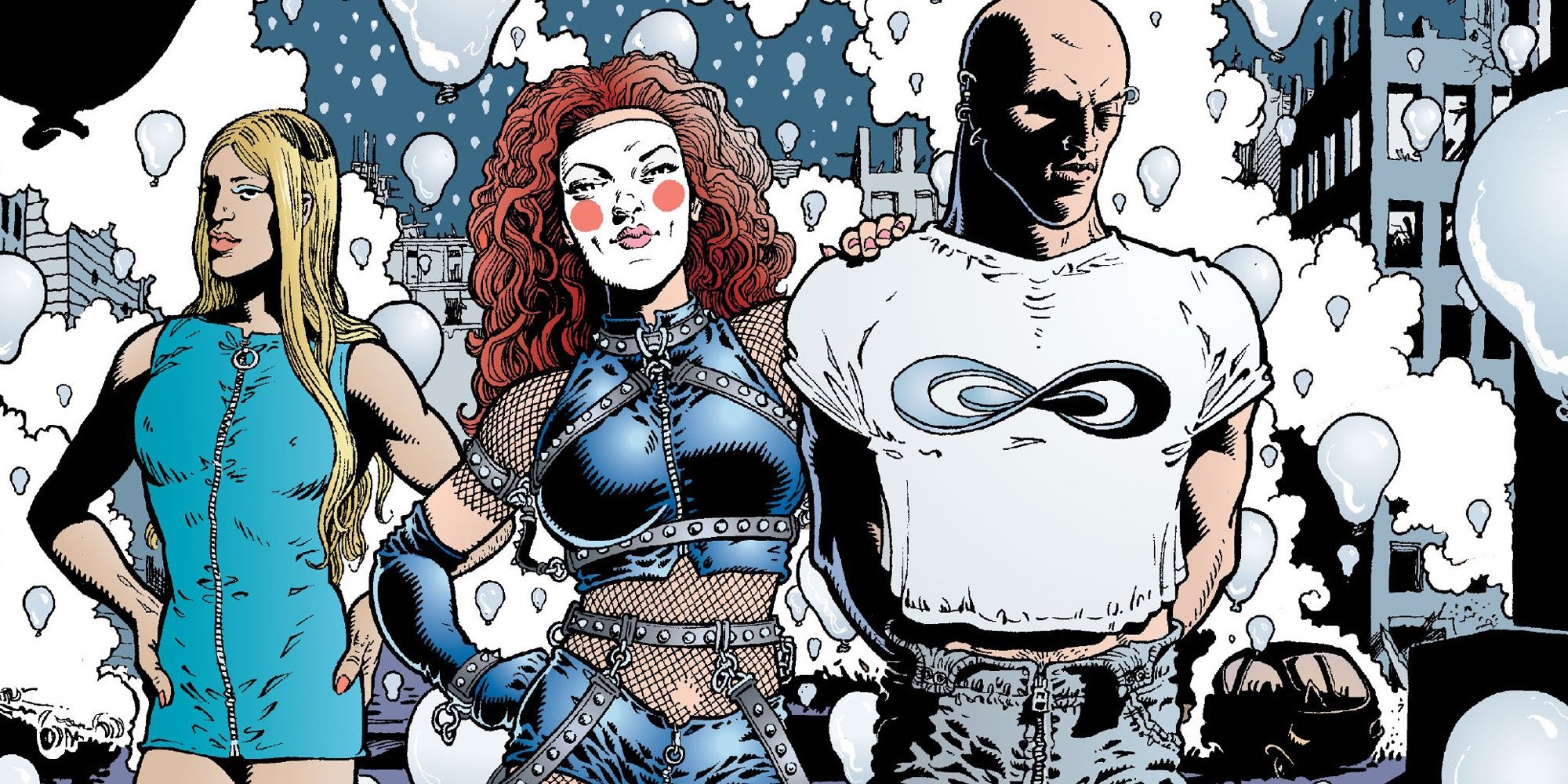With a fourth movie on the way, The Matrix has taken center stage again. Lilly and Lana Wachowski's 1999 masterwork changed action movies forever, mixing sci-fi, philosophy, killer action sequences, and trans subtext to become one of the defining movies of the '90s. While the sequels weren't as beloved as the original, time has proven them to be better than most thought and The Matrix Trilogy has inspired a generation of fans.
Comic artists like Steve Skroce and Geoff Darrow helped design the visuals of The Matrix, so comics have always been a part of the franchise's lifeblood. There are plenty of comics franchise fans can read to get into The Matrix mindset before the fourth movie this December.
10 Ghost In The Shell Is Peak Cyberpunk Manga
Mangaka Masamune Shirow's Ghost In The Shell is the cyberpunk manga of the '90s, a beautiful sprawling work on what it means to be human in a world where technology reigns supreme. Following Major Motoko Kusanagi as she hunts down a cyber criminal known as the Puppet Master, Ghost Of The Shell's anime adaptation helped cement the artform's grasp on American pop culture. The manga is a classic, with Shirow's amazing art and bountiful imagination telling a story full of action and intrigue. The Matrix is cyberpunk through and through, so fans of it will love Ghost In The Shell.
9 X-Men: Days Of Future Past Takes Readers To A Dystopia Ruled By Machines
X-Men: Days of Future Past, by writer Chris Claremont and artist John Byrne, is a classic X-Men story and its future dystopian setting has some commonality with that of The Matrix. Both take place in a world where the human race is under the thrall of machines, with only a ragtag group of freedom fighters trying to save the world.
While they differ on the how, Days of Future Past is a massive part of The Matrix's DNA. DoFP is a compact gut punch of a story, a two issue epic that put dystopias on the map for mainstream comics. The Sentinels are an intimidating force, and so much about the book screams The Matrix it's not funny.
8 House Of X/Powers Of X Is Integral To Understanding Modern X-Men And Plays With Dystopian Imagery
The Matrix is heavily trans and queer coded, which is something it shares with the most recent run of X-Men books. The X-Men titles have always utilized queer coding to tell their stories, so they're perfect for fans of The Matrix. The key to understanding the new X-Men titles is reading House Of X/Powers Of X by writer Jonathan Hickman and artists Pepe Larraz and R.B. Silva.
Setting out the new X-Men status quo and shocking readers, Hickman played up a lot of the sci-fi elements of the X-Men and threw some cyberpunk and dystopia in there, too. It's a great story and will lead Matrix fans into a whole new world of mutant greatness.
7 Preacher Is A Quintessential '90s Comic
The Matrix has become a stand-in for the '90s in the minds of many, even if it came out at the end of that vaunted decade. The '90s were a better time in comics than most people realize and one of the highlights of that era was Preacher, by writer Garth Ennis and artist Steve Dillon. While the two stories don't have a lot of structural similarities, as Preacher is basically a Western, they do share things.
Both stories focus on someone finding out a truth about the world they suspected but never believed, and deciding to fight against it. Both are known for their epic violence, and while Preacher isn't nearly as deep as The Matrix, it's still a lot of run.
6 Transmetropolitan Mixes Anti-Authoritarianism With Cyberpunk And Sci-Fi
Writer Warren Ellis and artist Darick Robertson's Transmetropolitan is an irreverent take on a lot of The Matrix's themes. Starring Spider Jerusalem, a gonzo journalist fighting against a totalitarian dictatorship in a vague future, Transmetropolitan is a rather obscure comic that hasn't really gotten its chance to shine. The tone can be very different from The Matrix, but the book shares a lot with the movies.
Transmetropolitan combines a lot of elements from The Matrix, but has a more humorous take on the whole thing. Anti-authoritarian cyberpunk doesn't have to be serious as a gunshot wound and Transmetropolitan plays that up perfectly.
5 Flex Mentallo: Man Of Muscle Mystery Is A Mind Bending Story About Identity And Comics
Flex Mentallo: Man of Muscle Mystery, by writer Grant Morrison and artist Frank Quitely, takes Morrison's Flex Mentallo character from Doom Patrol and puts him in his own world as he searches for clues to what happened to his friend the Fact. Man of Muscle Mystery uses a common, cliche superhero story to get deep on readers, telling a story about identity looked at through the lens of comics.
The Matrix tells the same kind of story through the lens of cyberpunk sci-fi, so while the trappings of both stories are very different, the themes are quite similar. Morrison's work and The Matrix have a lot in common and this is just one example of that.
4 The Wicked+The Divine Is A Queer Masterpiece
The Matrix is all about the trans experience. The Wachowskis had to tone down a lot of the trans allegories because the '90s were not exactly friendly to LBGTQIA+ issues, something which wouldn't be a problem if the movie were made today. A comic that was allowed to be as queer as The Matrix should have been, The Wicked+The Divine is an epic by writer Kieron Gillen and artist Jamie McKelvie.
The stories don't share a lot of narrative elements in common, but Wic+Div is allowed to be the kind of story that The Matrix wasn't – a masterpiece LGBTQIA+ representation.
3 The Sandman Is About The Power Of Stories And How They Define The World
Neil Gaiman's The Sandman is a masterpiece. Joined by artists like Sam Keith, Jill Thompson, Kelley Jones, P. Craig Russell, Michael Zulli, and so many more, Gaiman used the basis of Dream and the Endless to tell a story about stories, a sprawling narrative about how they define the lives of humanity.
Gaiman played with identity throughout the book, but most explicitly in A Game Of You, which showcased a trans woman named Wanda. While the story is very much of its time and can be triggering due to antiquated language, it's highly affirming of trans issues and is a good companion to The Matrix.
2 Children Of The Atom Stars A Diverse Group Of Teens Trying To Find Their Way In The World
X-Men is filled of great stories, but Children Of The Atom, by writer Vita Ayala and artist Bernard Chang, is one of the best. Starring a group of teenagers with powers similar to members of the X-Men, the book plays heavily with identity and a lot of the trans ideology that The Matrix does. In fact, much like The Matrix, so much of the book is a metaphor for transness.
Children Of The Atom contains some of Marvel's best LGBTQIA+ representation, as Ayala is nonbinary and understands those issues in a similar way to how the Wachowskis understood the trans topics they brought up in The Matrix.
1 The Matrix Lifted A Lot From The Invisibles
Grant Morrison's The Invisibles is probably their greatest work and inextricably linked to The Matrix. Morrison watched the movie and immediately noticed a lot of similarities between the two. After talking to some of the people involved with the movie, they found out just how much inspiration was taken from their book.
The two stories share a lot of similarities in story and art design because everyone on set was told to read The Invisibles by the Wachowskis. This made Morrison very unhappy with DC parent company Warner Brothers, who also distributed The Matrix. Morrison and artists like Jill Thompson, Phil Jimenez, Chris Weston, and more, were never acknowledged for inspiring The Matrix.

